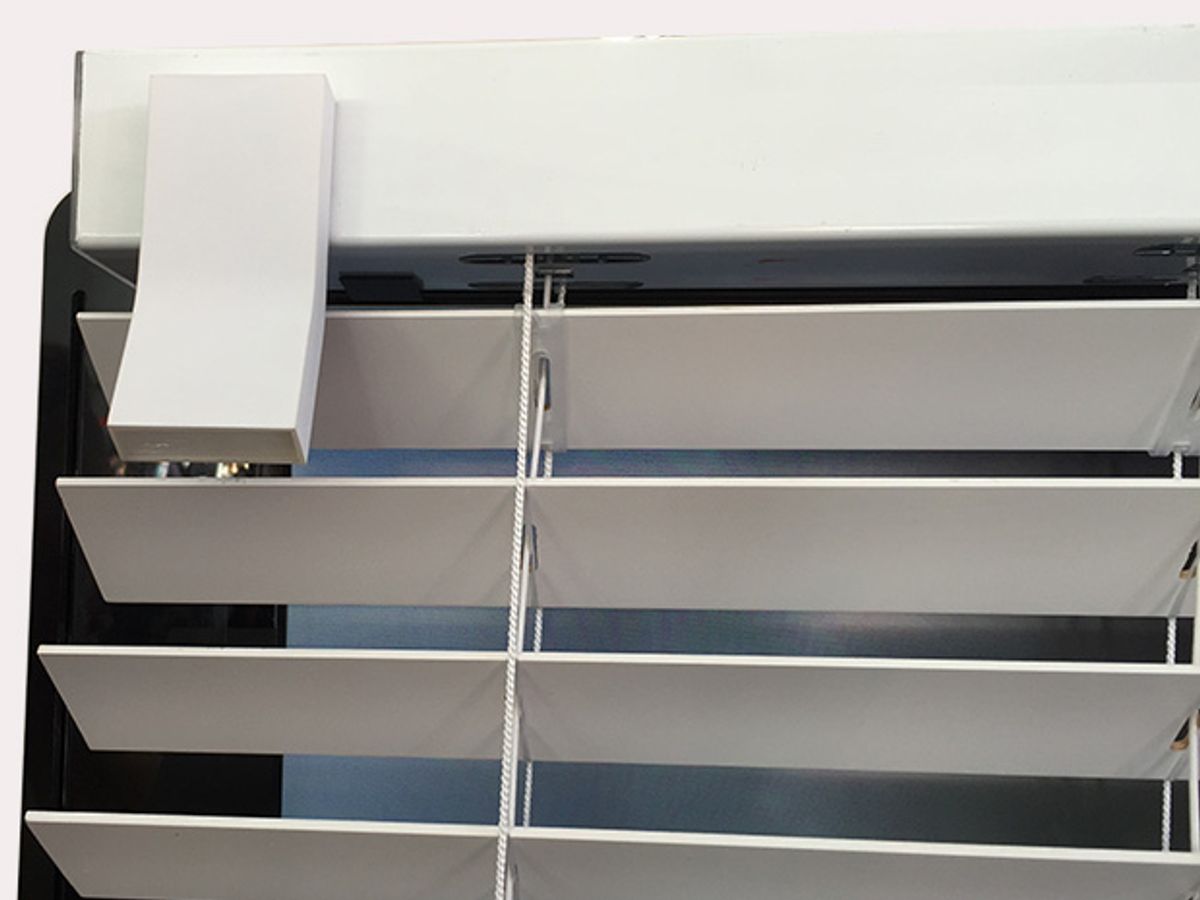It’s a principle in the startup world: if you see a need for a product and think the technology for creating it is ready, you can be pretty sure you’re not the only one who has that same idea. So you need to get it out fastest, do it best, and offer it at the lowest price—or at least two out of those three.
There’s another axiom in the tech world these days: One day, everything will be part of the Internet of Things.
And, finally, another truism: There is, indeed, more than one way to skin a cat.
Put these three laws of technology evolution together and you get two companies launching low-cost IoT gadgets that automate window shades but don’t do it the same way. And even if you don’t care about window shades, what happened in San Francisco earlier this month is an interesting story of the way startups get ideas, how the IoT is ripe for picking, and (jargon alert) “market disruption.”
The automated window shade market, explained both Raido Dsilna and Ksenia Vinogradova, is extremely ripe for disruption. Dsilna, co-founder of Wazombi Labs, based in Estonia, spoke at a launch event for HAX Boost, a San Francisco accelerator for companies that have already built products but are trying to get them to a mass market. Vinogradova, co-founder of Flipflic, originally based in Estonia as well but just relocated to San Francisco, spoke at Highway 1 accelerator’s autumn launch event. Both pointed out that today’s automated window blinds are expensive (at least $800) and require professional installation (more $$), while a few cheap motorized systems don’t have smarts or automation, just remote controls.
So automated window shades are currently a niche product used only in commercial buildings and very high-end smart homes. But both founders believe that more people would automate their window blinds if they could do so cheaply and easily. What’s more, they say, doing so could save energy, particularly if the shades coordinated with lights, thermostats, or sensors that recognize when it’s getting too hot. And automated shades could improve home security, by simulating occupancy when residents are away.

With that in mind, both companies decided to take basic IoT capabilities—sensors and wireless communications—to window coverings. Both are making them compatible with solar chargers (sold as add-ons). The two founders ideas diverged when they looked at the standard blind to decide what to automate. It turns out there are two choices: You can raise and lower a window covering (that works with shades and blinds), or you can open and close the slats (that works only with blinds, but gives more fine control of the light entering).

Wazombi is going with the raise-and-lower approach. The company’s “Smartshade” is a little box that clips onto a window-shade chain (the kind with tiny balls linked together; a cord version is in the works) and automatically adjusts the shade up and down. The $79 gizmo will start selling early next year on Amazon and in specialized shade shops, and will appear on the shelves of a U.S. retailer next summer. An early version sold on Indiegogo.
Flipflic, a Highway 1 accelerator company, is going with the open-close approach. Its $69 gadget replaces the twisting stick normally used to adjust slats by turning a tiny knob in the blind housing. It’s already started shipping beta versions and is getting ready for its first mass-market factory run.
Tekla S. Perry is a former IEEE Spectrum editor. Based in Palo Alto, Calif., she's been covering the people, companies, and technology that make Silicon Valley a special place for more than 40 years. An IEEE member, she holds a bachelor's degree in journalism from Michigan State University.



